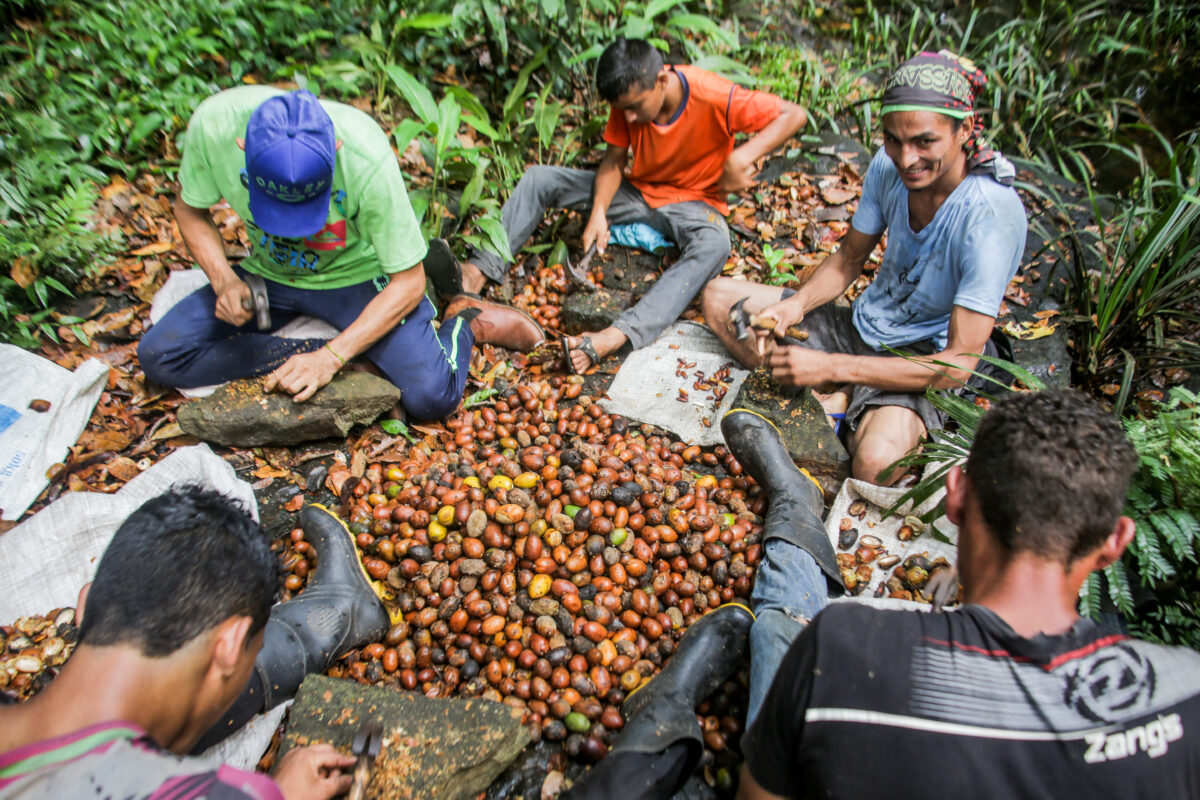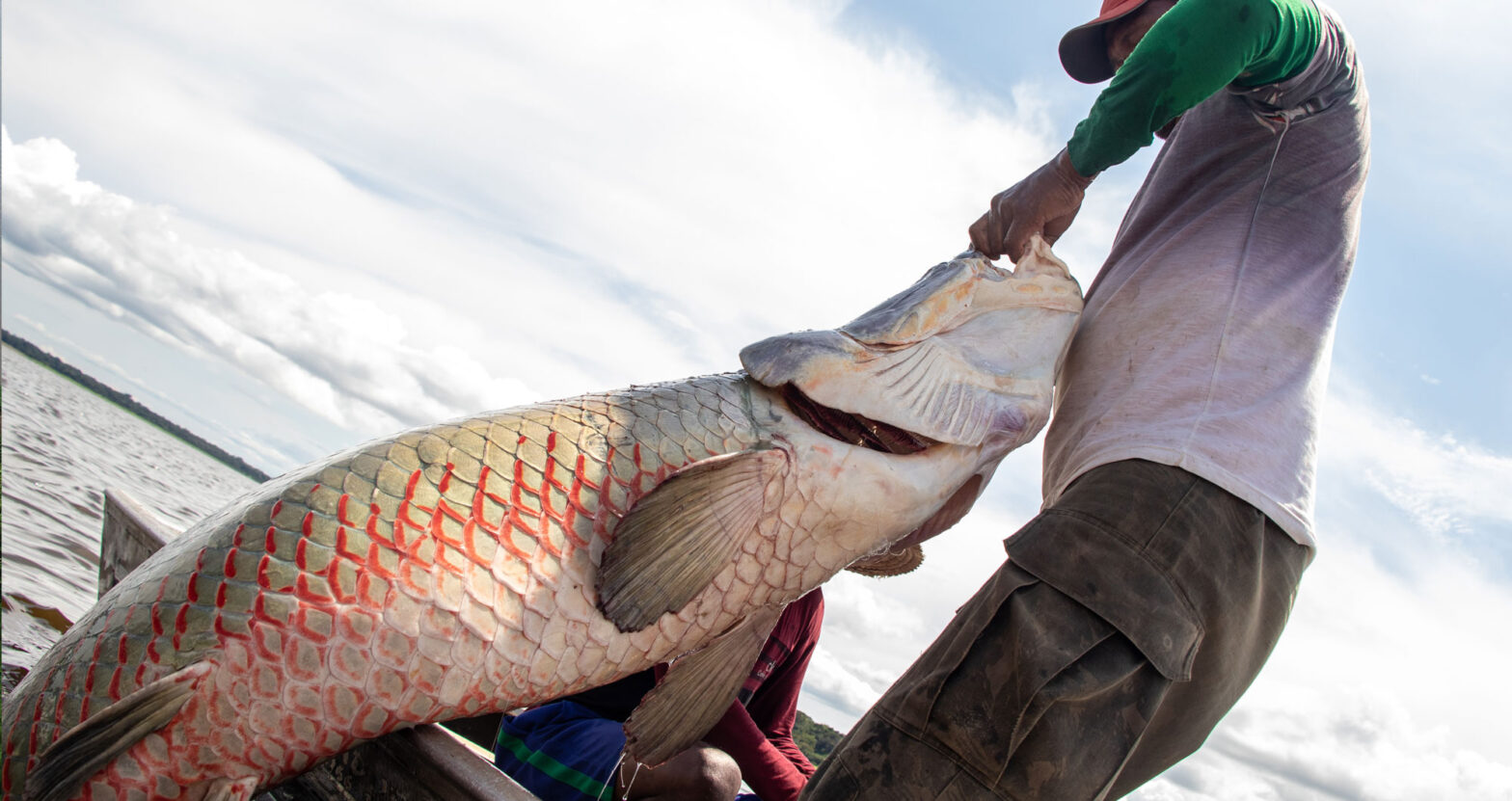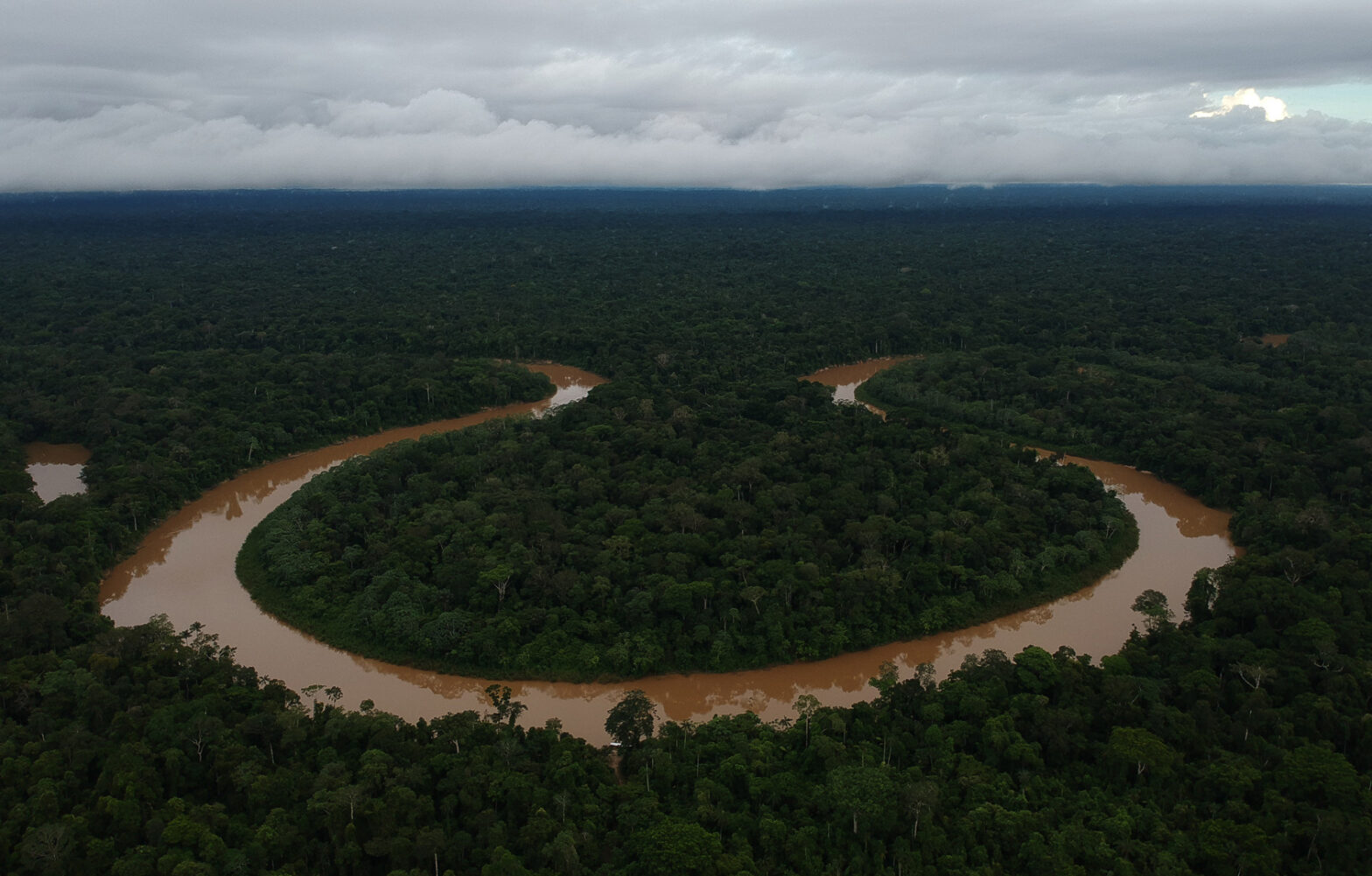Concept goes beyond the defense of strengthening forest products, and carries the prefix ‘socio’ to show that the way local communities work in the economy in the Amazon, preserving its diversity, is fundamental to sustainable development.
The bioeconomy or, in short, the branch that takes into account the importance of environmental preservation for development, has gained space within the Ministry of the Environment and Climate Change, the National Department of the Bioeconomy, and is publicly supported by Minister Marina Silva. As such, with this prominence in Brazil within the federal government and on several other fronts, the term is changing. There are those who defend the term “sociobioeconomy,” taking on the prefix “socio” to recognize that traditional communities have already been acting as fomenters of a project for the Amazon for decades and even centuries.
Furthermore: the sociobioeconomy is a concept that recognizes the model of traditional communities to ensure biodiversity and, as such, presents itself as an alternative to the way society has historically developed.
“There is no official definition. The use of the prefix ‘socio’ in front of ‘bioeconomy’ is to emphasize the importance and prominence of forest peoples, comprised of the indigenous, quilombola and riverside populations, as well as other peoples who have their own traditional knowledge, and the critical role they play in the production of resources and the preservation of the environment, of the forest,” says Salo Coslovsky, professor at New York University and researcher for the project Amazônia 2030.
The use of the prefix ‘socio’ in front of ‘bioeconomy’ is to emphasize the importance and prominence of forest peoples, comprised of the indigenous, quilombola and riverside populations, as well as other peoples who have their own traditional knowledge, and the critical role they play in the production of resources and the preservation of the environment.
Salo Coslovsky, professor at New York University
“The Amazon itself is an example of the sociobioeconomy. There are a number of studies of history and archaeology showing that most of the forest is the creation of peoples who have lived there for centuries and millennia,” he said. “The forest is not spontaneous. It is the creation of the peoples who live in it and domesticated a series of species and enriched the forest with other species for their own use, such as subsistence or exchange.”
Sociobioeconomiy vs. bioeconomy
The bioeconomy is a concept originally born in Europe to discuss replacing the energy grid with an ecological grid. In Brazil, it has taken on new airs: experts advocate going above and beyond, also thinking of a more integral and social vision, leveraging the knowledge of the populations that already live in the forest and have their own models of development without the unbridled exploitation of natural resources.
“The forest and the peoples living in it generate products that are more important and not easily marketable. Every day, the communities of the Amazon are helping to produce the rain that supply all the hydroelectric plants and aquifers that irrigate agricultural production all over the Brazil and the continent,” says Coslovsky.
Jeferson Straatman, a coordinator of sociobiodiversity economics at the Socio-Environmental Institute (ISA) and a member of the Sociobiodiversity Observatory (ÓSocioBio), a network of different NGOs and social movements, argues that there is an equal relationship between the concept of sociobioeconomics and another, currently even more popular expression: the “economy of sociobiodiversity.”
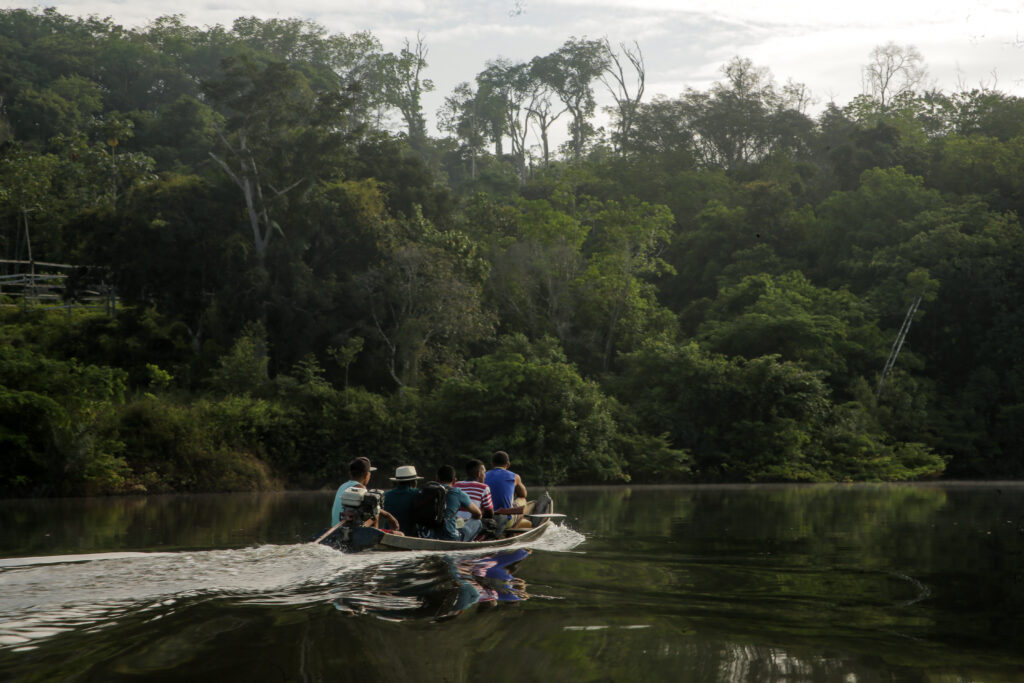
It also marks the difference between the bioeconomy, in the broadest sense, and the sociobioeconomy. “The bioeconomy ended up being understood and surveyed as the entire economy that comes from biodiversity in a very broad way, like everything that comes from plants, that doesn’t come from synthetics.” “So sometimes it can be understood that a plantation of oil palms, or a monoculture of cacao or some other activity, would be understood as bioeconomics, but this is an economy that is much more focused on commodities.”
“When we talk about the sociobioeconomy, we talk about traditional forest management and the traditional knowledge that is associated with it. The bioeconomy is not necessarily the same thing. It really goes to a question of scale, of earning, of productivity that does not necessarily generate conservation,” he says.
According to Straatman, the results of these economies are nuts, babassu and also products from the farm such as cassava, sweet potatoes, corn, cacao, guaraná, pequi and yam. He explains that a lot of Brazil’s national food base comes from these economies and also started from this management, which is marketed and generates income for these communities.
“These are economies of traditional peoples and communities based on their traditional knowledge, their knowledge about biodiversity, about the management of the landscape,” he says.
These are economies of traditional peoples and communities based on their traditional knowledge, their knowledge about biodiversity, about the management of the landscape.
Jeferson Straatman, a coordinator of sociobiodiversity economics at the Socio-Environmental Institute (ISA)
Another relevant factor is the added value that is contained in the practice of sociobioeconomics and which involves the delivery, by way of the operators in the field, of so-called environmental services. In 2021, the federal government sanctioned Law 14,119 which provides for the payment of these services. But the topic is still in the regulatory phase, according to Straatman.
“We need to change our paradigm of looking at the sociobioeconomy as inputs of raw materials, cacao, rubber, nuts. Today, market policies still cannot look at these economies as real holders of knowledge and innovation and real service providers. The paradigm shift lies in recognizing these economies, who creates them, namely the indigenous peoples and traditional communities, as knowledge holders, innovation promoters and environmental service providers,” he warns.
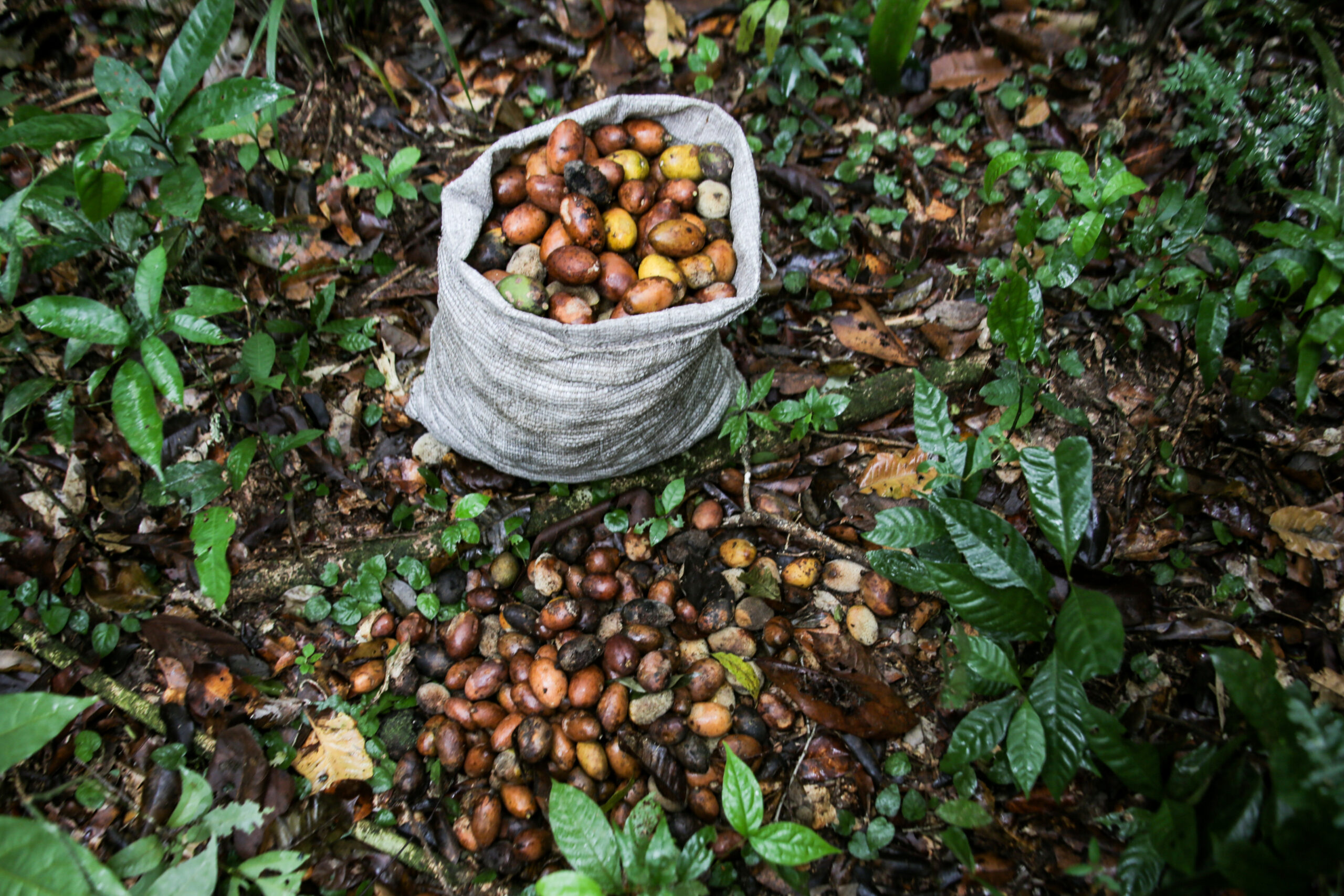
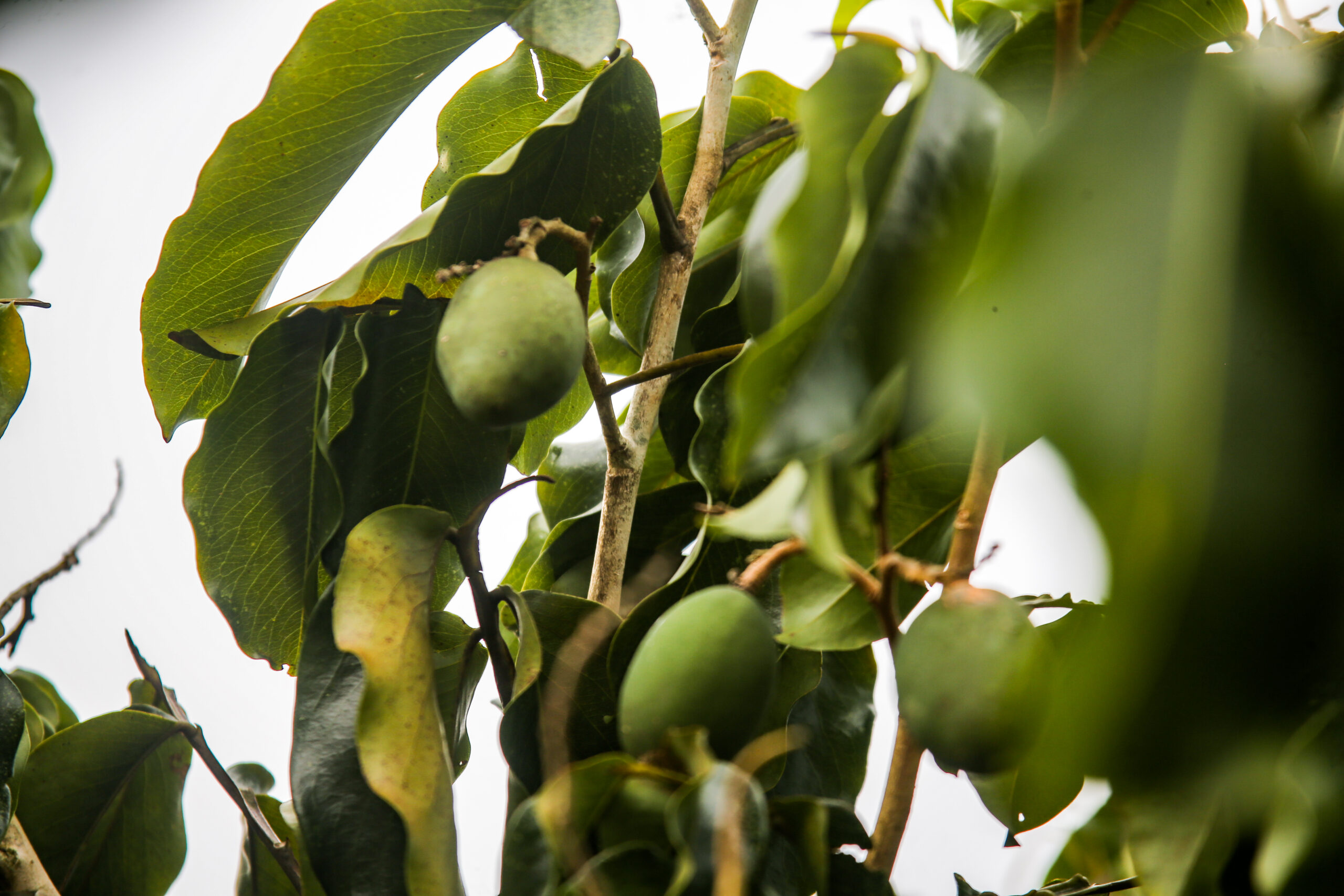
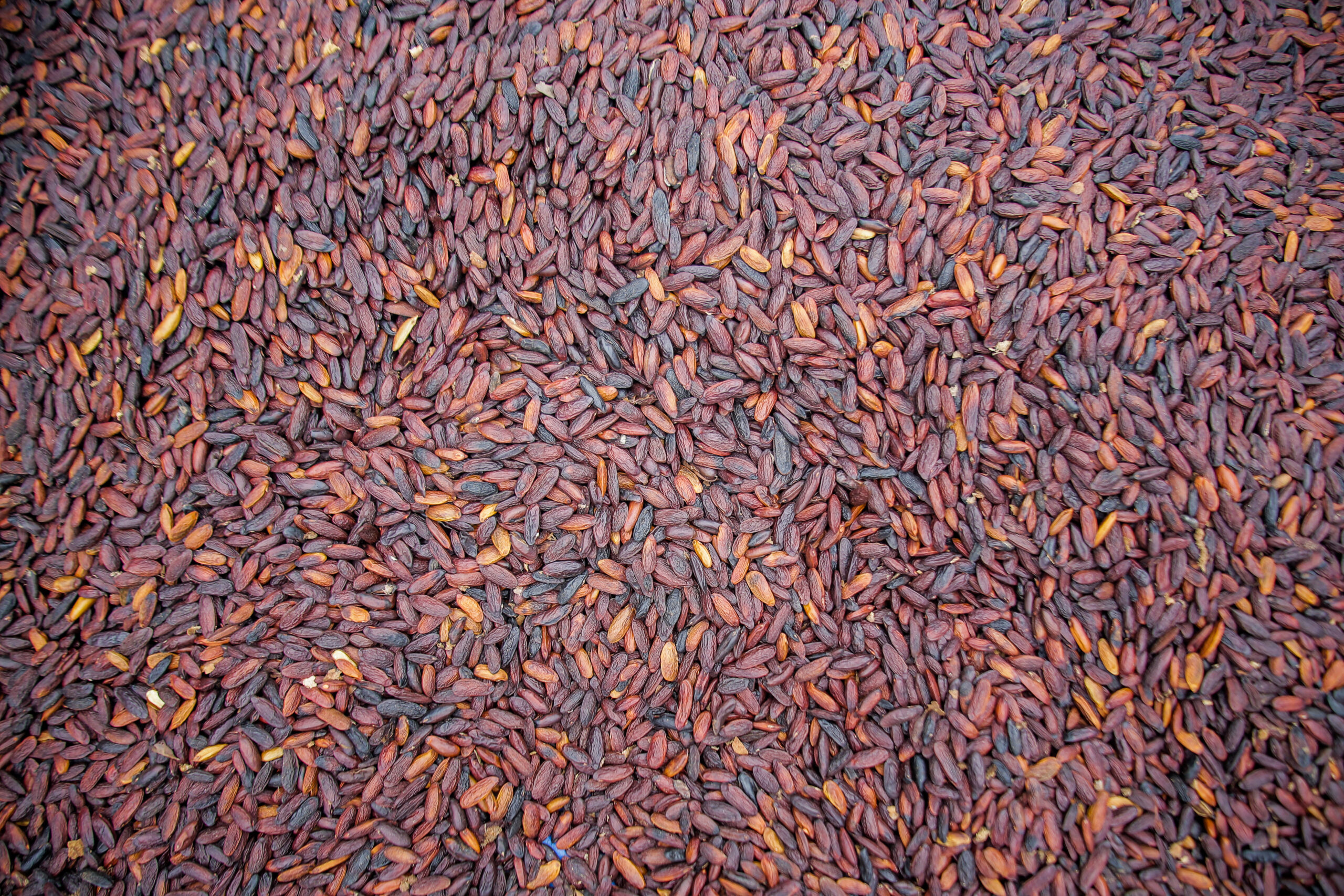
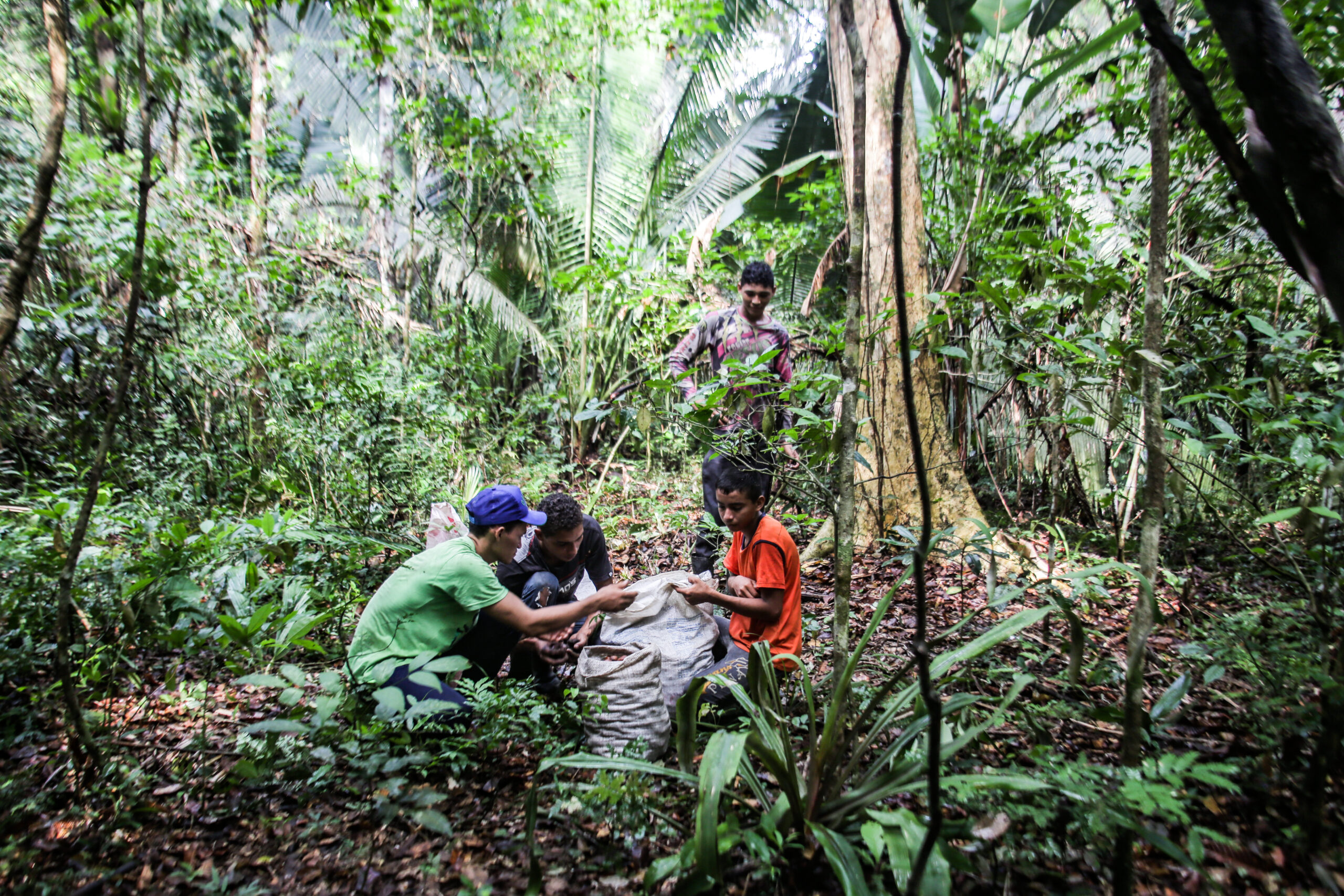
In Xingu: nut harvesting and the production of fruit pulp
In 2021, a meeting brought together indigenous peoples, extractivists and quilombolas in Belém, Pará and the Amazon Charter was signed. These groups demarcated the position in defense of an economy capable of living with the forest, securing rights, and distributing income fairly.
“The sociobioeconomy that we defend is aligned with science and technology to improve the collection of forest and fishing products, which allow us to process, store and market products of sociobiodiversity respecting our ways of life,” they agreed.
“We are against processes of innovation that result in technological packages and high-input production systems, spread to replace the native forest with a monocultivation of genetically uniform varieties, with the aim of serving the food industry and subsequently being falsely propagated as environmentally appropriate systems.”
In practice, in the Amazon, the sociobioeconomy has been in effect for a long time. Bekuwa Coobay, from the Kaiapó Kubenkrakenh village in the Xingu region of southeastern Pará, says he was still a child when he learned to collect nuts with his father and grandfather. Today, in addition to his 10 siblings, his three children and wife also participate in the harvest that takes place every year between November and December. This is when the chief of the warriors in the village summons all 147 residents, including young people and children, to work on the harvest.
“Each family works and receives their money. It’s good work for the village, to preserve the culture, to help. The idea that this is what I have,” he told InfoAmazonia. At the end of August, he attended an event in Brasilia about the economics of sociobiodiversity.
Coobay, 30, said he currently works in a cooperative at the headquarters of the municipality of Ourilândia do Norte. “My grandfather said that in the past the nuts weren’t for selling, they were for trading. We would deliver the nuts to the cacique and he would exchange them in the city for material.”
Luiz Brasi, coordinator of the Origens Brasil project, administered by the Institute of Forest and Agricultural Certification and Management (Imaflora), which operates in the Coobay village region – and in four other major territories in the North of Pará, in the Rio Negro, Solimões and Tupi Guaporé, spanning 58 million hectares and the 65 peoples involved – said the collection of nuts is one of the mainstays of the network that has existed for seven years.
“Origens Brasil is a network formed by traditional populations, indigenous peoples, NGOs, associations, cooperatives and companies that aim to change the logic of doing business in the Brazilian Amazon between the business sector and these communities,” he said. “The big goal is to have the market, based on these relationships with communities, create ethical trade, with fair prices, with dialogue between the parties, with transparency in the negotiation process and all of this with a guarantee of traceability of the products’ origins.”
The big goal is to have the market, based on these relationships with communities, create ethical trade, with fair prices, with dialogue between the parties, with transparency in the negotiation process and all of this with a guarantee of traceability of the products’ origins.
Luiz Brasi, coordinator of the Origens Brasil project
Another of Imaflora’s initiative is also ongoing in the Xingu region. The project Florestas de Valor has been operating for 10 years now on five million hectares in the North and South regions of Pará.
“The big mission is to bring solutions, options, alternatives to be able to resist the predatory activities that are there in those territories,” said Helena Menu, manager of Florestas de Valor. “We seek to find alternatives that fit the families’ profile in order to enable them to earn low-impact revenue without having to cut down the forest.”
In addition to nuts, the project operates in the chains of cumaru, copaíba and fruit pulps – the latter directed by a collective of women. It is the Women’s Association of Fruit Pulp Producers (AMPPF), whose presidency is currently held by the producer Maria Josefa Machado Neves.
“Of our 55 associates, 70% are women,” said Josefa, 52, with pride for the initiative. “This project gave us autonomy,” she said. Owner of the Alvorada farm, she also said that since acquiring the property 13 years ago, she has reforested the entire area, which was previously pasture.
“Today I have two acres of açaí and another half acre of other fruit trees,” she explained. “Every single day my work is in harvesting the fruit and producing the pulp production,” said Josefa, who currently sells her production to the National Food Program (PNA) and Food Acquisition Program (PAA).
More weight in the GDP
A technical note released in July by the NGO WWF pointed out that “the sociobioeconomy, much like what has been called the bioeconomy, which takes into account the human dignity of the populations involved,” still needs to promote “a favorable business climate”: “There must be new incentives, regulations and financing mechanisms for the different stages of the production chain, in addition to the development of points of sale and the holding of events, such as contests and special fairs.”
The horizon looks promising. To give you an idea, according to the WWF, “in Pará alone, in 2019, the sociobioeconomy chain had an economic performance similar to that of the cattle industry, R$ 5.4 billion, considering rural production, the local processing industry and the marketing of products, with the generation of 224,000 jobs.
According to the same study, by 2040, the economic value of the sociobioeconomy production chain in the state may reach R$170 billion for ten selected products: açaí, cocoa beans, Brazil nuts, hearts of palm, rubber, tucumã, cupuaçu beans, cumaru, murumuru and Brazil nut oil.
Last year, Pará came out in front and was the first of the nine Amazonian states to launch a state bioeconomy plan, which also mentions the sociobioeconomy, stating that it “is based on sociobiodiversity and consists of activities of extractivism, neoextractivism and self-consuming agriculture, which involve traditional communities, riverside, indigenous and quilombola peoples as integral agents of production chains.”
In the federal sphere, in March, the head of the newly created National Department of the Bioeconomy was categorical: “The bioeconomy is destined to have weight in the nation’s GDP,” Carina Pimentel told Valor Econômico, adding that the agenda had to be made a priority: “it’s the generation of income for people who actually protect the forest.”
A survey conducted by Coslovsky showed that, in 2021, Brazil already exported, without considering local use and the domestic market, around 60 products compatible with the forest – not all native and from the sociobioeconomy, he said, but with annual revenues averaging around $300 million. The global market for these products, however, was almost $200 billion per year and Brazil only had 0.2% of the total share, still far from reaching its potential and having a huge market.
“In school, we learned about the drugs of the backlands, which were the first initiatives of the Portuguese who came here and brought back to Europe cacao, cumaru, pineapple, rubber, and these are the same products that are still on the bioeconomic agenda today and which today have companies, cooperatives and a lot of people working with this.”
Report by InfoAmazonia for the project PlenaMata.


